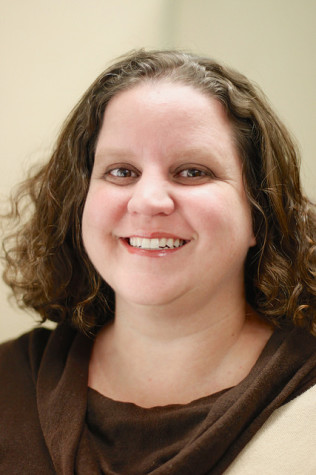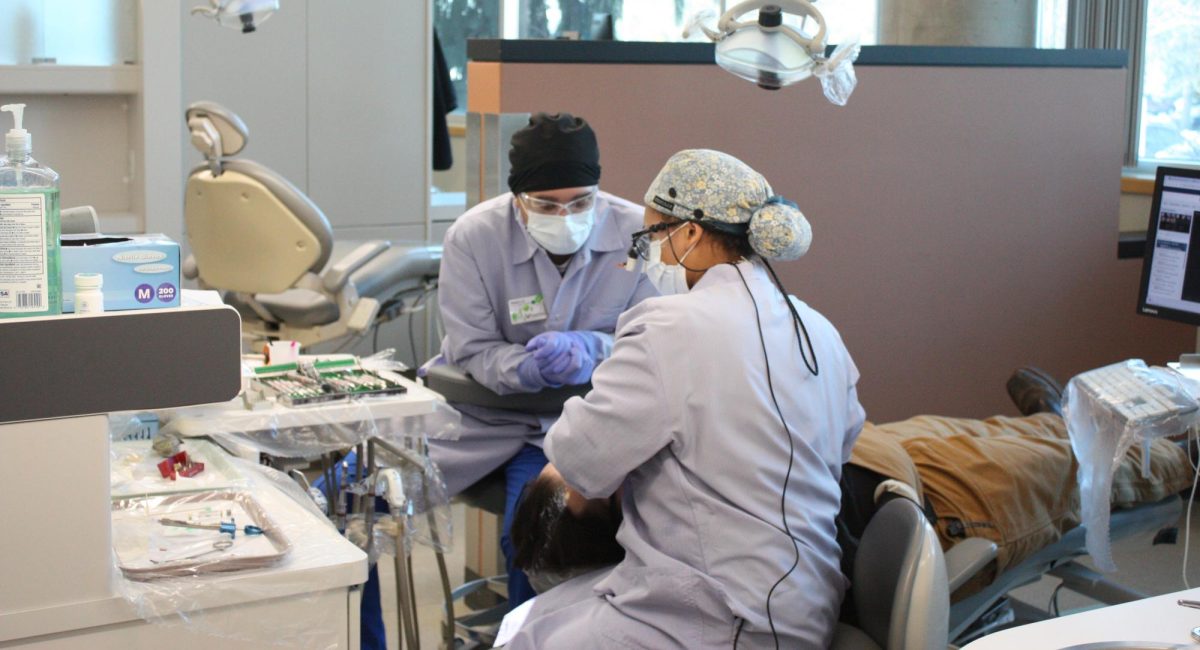Do commuter students need their own dedicated place to eat, study and meet?
April 8, 2013
While residence hall students can go to their rooms or to lounges in the residence halls to eat and study or just to escape classes, commuter students cannot go to their rooms.
They use spots around campus where there are designated areas to eat, study and relax. For example, spaces in Williamson Hall and Monroe Hall have seating for small numbers of students. Senior Hall has a kitchenette and seating for group study.
According to the EWU Office of Institutional Research, as of fall quarter 2012, 80 to 90 percent of undergraduate students lived off campus or commuted to campus. According to the same report, 9,236 attend at the Cheney campus. According to Housing and Residential Life, 1,641 students live in EWU dorms in Cheney this year, not counting EWU campus apartments. This means that the number of students living off campus or commuting to school is approximately 7,595.
Commuter students do occasionally have problems finding an adequate place to do what they want to do. Student Kelly Beck said, “I find myself trying to study … like I try to go here [in the PUB] and it’s too loud. I go in the Fireside Lounge and all the seats are taken. I come down, there’s maybe a spot or two, but it’s always packed.” During certain times of day, the PUB is fuller and noisier than other times.
According to the facilities master plan and the latest capital projects update posted on the school website, there are no plans to create a space for commuter students at this time.
LeeAnn Case, associate vice president of auxiliary and business services at EWU, said, “I know in the PUB there used to be a commuter lounge. In the renovations, the Fireside Lounge replaced that as a place to hang out and to basically be the commuter lounge.”
Director of Dining Services Dave McKay said, “There’s a nice space here in Tawanka. We’d be glad to supply a microwave out here for students to gather.”
According to McKay, legal restrictions prevent Dining Services from going outside its designated areas. “But if you came up with the microwave [for an outside area], we’d be glad to work with you on setting up the cart and securing it in another area,” McKay said.
Beck mentioned wasted time between classes. “I’m usually just outside walking around [between classes],” said Beck. “To know there’s a place for me to go that I can actually get stuff done, that’s the biggest thing. That way, I know the place is there, I can’t deny it’s there, so I study. It holds me accountable to go there and study.”
Student Shelbe Ward, in the middle of her shift at Thomas Hammer coffee shop in the PUB, said, “I definitely think I’d use this [commuter room], because certain days where I have school and then I have to wait an hour, an hour and a half before work. That would be really convenient to go warm something up to eat and finish my homework before I go to work.”
Stu Steiner, senior lecturer in the computer science department, said, “PUB 204, 205, 206 used to be a commuter lounge. I never saw it actively used. Would I like to see more comfortable chairs [in the Learning Commons]? Sure. I’d love to see couches and beanbag chairs there.”
The Learning Commons has numerous seating areas of different types, including group seating, and students are allowed to eat there as long as they clean up and don’t leave evidence of their presence afterward.
Given that a previous commuter area was apparently little used and that there are plenty of places to eat, meet and study on campus, it does not seem that there is currently a need for a dedicated commuter area.








